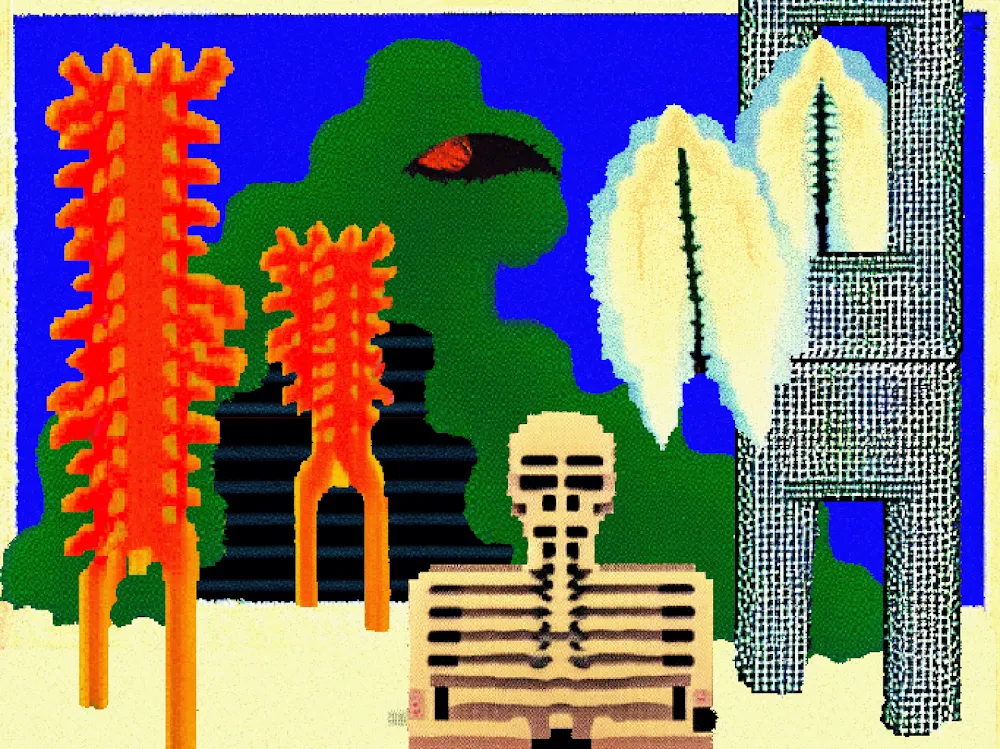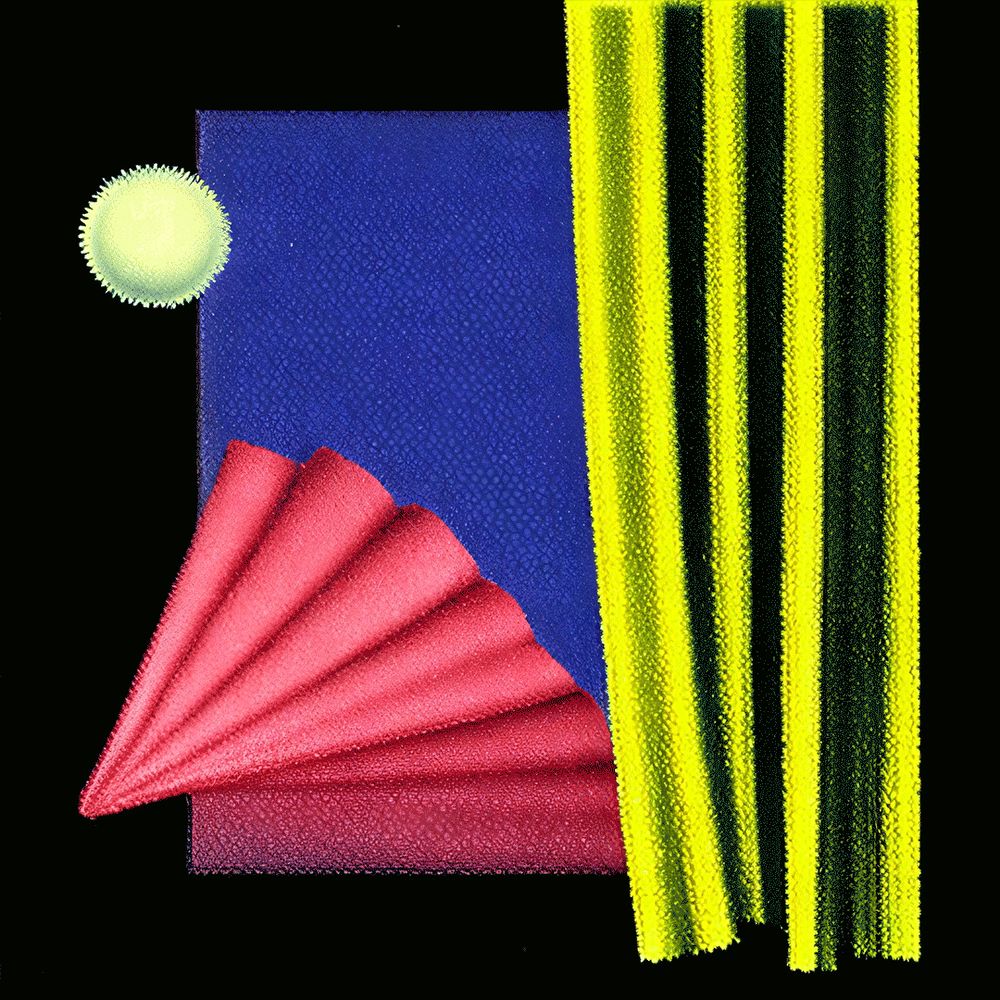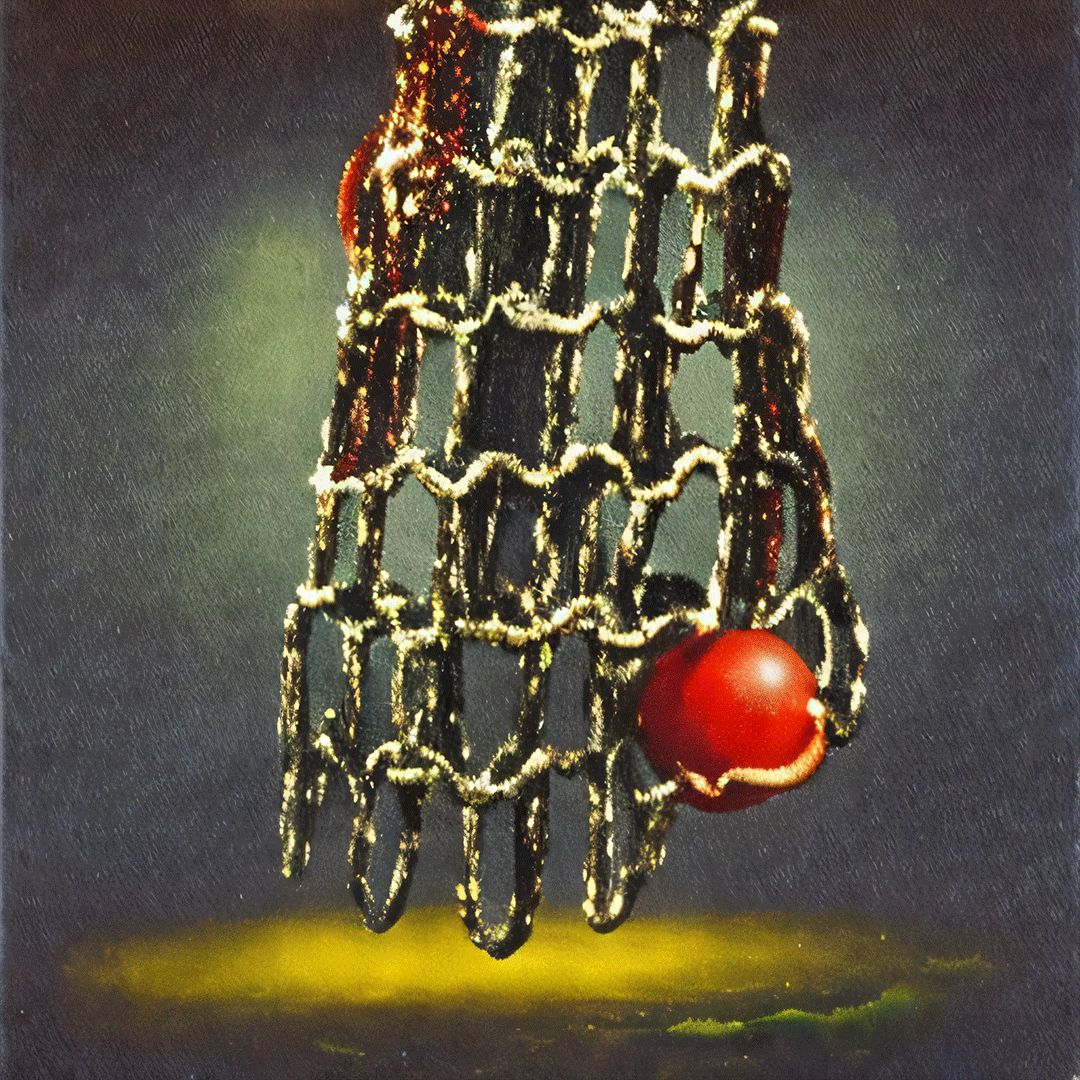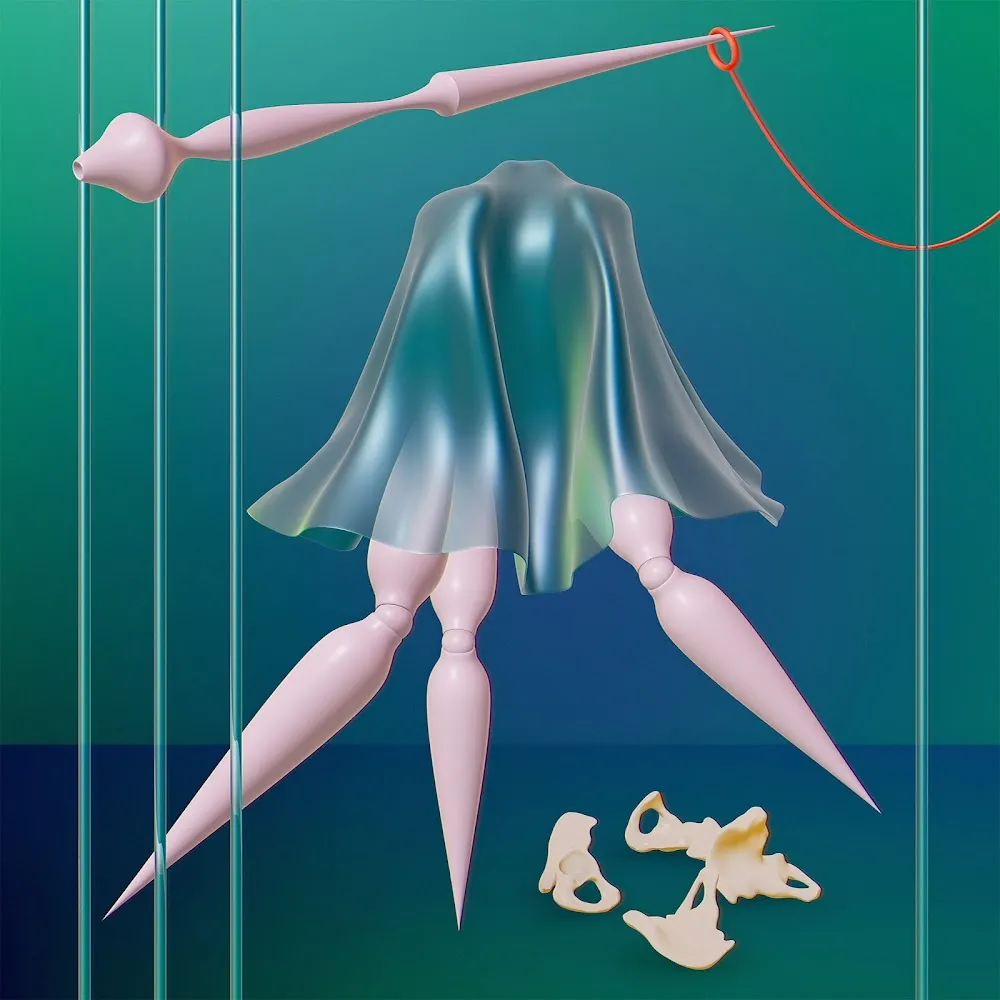Subscribe to get the latest on artists, exhibitions and more.
Textures of the Unstable: Gozo Discusses An Improbable Thread

A conversation with gozo ahead of his release of an improbable thread, presented by SOLOS and Artie Galerie. We discuss how intrusive images, recurring symbols, and digital artifacts coalesce into an intimate personal mythology, and gozo reflects on cycles of memory and transformation, drawing on influences from Surrealism and Butoh dance.
You work with imperfections from early Stable Diffusion models. What draws you to those artifacts and unstable forms, rather than chasing “perfect” images?
When I started this process, I was drawn to using AI-generated material like clay: not complete images, but a bunch of pixels made from what’s “borrowed” from the internet, and from there I would start shaping, cutting, and reforming, creating relationships between these fragments. Throughout this process, I’m more interested in working with what emerges from those connections than with the original image itself.
You mention a “personal mythology” that emerges through these works. What are some recurring symbols that have followed you over time?
The seed of this collection comes from a series of intrusive images and memories that repeat insistently in my mind. If we talk about elements that have recurred in my work, things like empty spaces, teeth, smoke, windows, bones, water, spears, hallways, fabrics, and translucent materials have been recurring elements.
Similarly, you’ve said your “works feature symbolic imagery in cyclical motion, reflecting on digital materiality and its limits”. Could you expand on this?





